
The new UV2 products from Spirit River are very interesting. Before I was a fly tier and fly fisherman, I grew up as a bass angler with baitcasters and spinning reels. In that realm, bass anglers have already been using UV products. What peaks my interest about UV2 is that I feel it will give me another tool in my fly fishing arsenal to get the fish’s attention.
Spirit River’s Bill Black has led the study on the new UV2 products and consulted with well respected fly tier and fly fisherman Randall Kaufmann. Bill asked him about the effectiveness of his patterns in relation to his dubbing mixtures.
Randall had this to say, “”from what little we know it would seem plausible that fly recognition by fish consists of five “keys”: size, shape, color, animation and presentation. The more “keys” you offer, the higher your success rate. It is with all these thoughts in mind that I devise or select an imitation to fish. The Kaufmann Stone, in assorted colors and sizes, illustrates this strategy. The desired color of dubbing is achieved through a blend of many colors, thereby allowing fish to perhaps perceive a natural mottling “pattern”, realistic shade or to “see” a specific color. It is also a blend of multiple materials, which are chosen for their reflective, translucent and animation properties.” Hold a Kaufmann Stone up to the light. You can “see” any color that you look for. Such multi-color/material dubbing mixtures “come alive” in the water and, depending on light and water conditions, and other angling variables, can dramatically increase the “acceptance rate” of fish.”
When I read this, I completely agreed with Randall, because that’s what we do as fishermen all the time. We work on combining all of the things possible that might help us catch fish. We are always looking for more keys, as Randall said.
All of this UV information can be a little confusing. Basically Spirit River is combining both UVF and UVR processes and dying their UV2 products with this method. That’s why it’s called UV2. Now what is UVF and UVR you ask? I’ll refer to the documentation to briefly help explain.
UVF or Ultra Violet Fluorescent are what anglers/tiers know as the usual fluorescent tying materials which absorb light and will emerge back out in a stronger wave length we can view as brighter. Light colors of UVF will radiate under a black light and certain colors can be seen at very long distances both in and out of water. In addition, UVF can also be seen with a standard low strength UV light.
UVR or Ultra Violet Reflectance are the shorter wave lengths the human eye does not usually perceive. These are what we are primarily concerned

UV shot of dubbing
with because of their prevalence in the natural world. UVR reflects through a material or is emitted by the species and cannot readily be seen by the human eye unless very expensive equipment and filters are used. What you can sometimes see under a UV light is a bluish purple tint on honest to goodness UV enhanced materials. Many in our industry continue to claim it is UV when actually some of it is not. In addition many feathers and furs emit their own UVR signature and many common patterns used today will in fact emit some UVR.
Bill has worked closely with well respected world class dyer and fly tier Dave McNeese on this process. McNeese works intimately with insects and is a famous butterfly collector at the university of Oregon where he is in the process of classifying all species of moths, butterflies and beetles by their UVR finger print. He has just discovered two new species which were identified using UVR. So now that you know that, here is what is even more intriguing about UVR.
“The UVR spectrum is extremely common in the animal/insect world. Way more than you might think. This is how bees and butterflies find flowers and mayflies find mates.”
Bill Black adds this, “Also consider the many species of mayflies. They must radiate a strong UVR factor simply because they have a extremely short time to find a mate then lay eggs. On hotter days the smaller flies may have less than 24 hours of flight time. In addition they are competing with other species in the same space so the UVR signature they give must be unique and strong. So it makes sense that nymphs, emergers, and adults tied with a UVR factor will allow an angler a distinct advantage.”
From the information that I’ve read, I thought it was important to note this statement from Bill. “That the statements above are not to say that many other factors do not enter into the science of UV and fish. They do. Consideration needs to be given to the types of water (salt or fresh), and its clarity. These are additional factors just as are the UV light reflected from the water and the UV ambient light during daylight hours. Because of these ‘other’ factors we do feel there is a place in flies and lures where there is NO UV needed. Basically a flat black non-UV Wooly Bugger can and will stand out better against certain water and light conditions. Ever notice how some species of fish tend to feed more in dawn and dusk situations. They are keying in on the UVR aspects of their prey.”
I honestly think this is a product worth using as another part of the flies I tie. As stated above, I believe it adds to the other elements I’m using to entice fish.
Bill has made an informative video explaining the UV2 products in a much better way and he even shows us what normal products look like compared to their UV2 counterparts. If you’re having trouble understanding all of this, the video really helps.


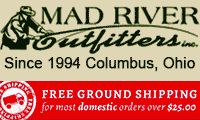
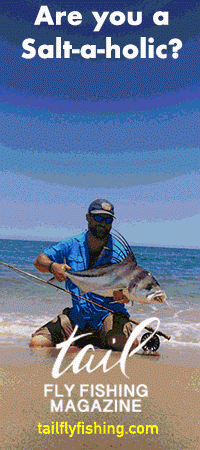
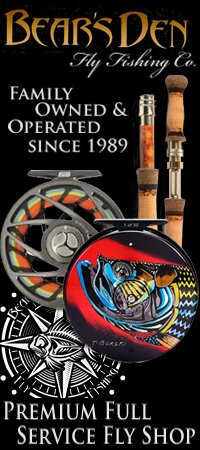
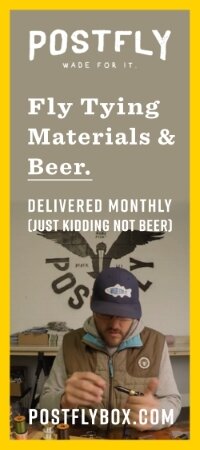
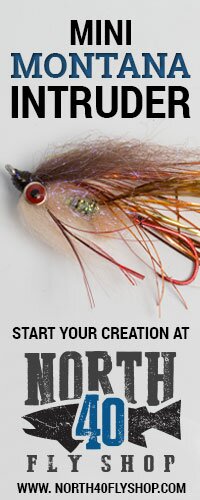
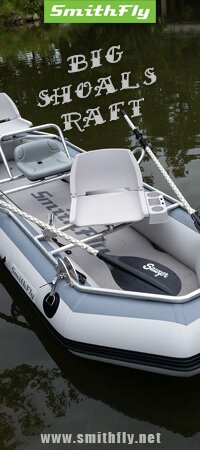


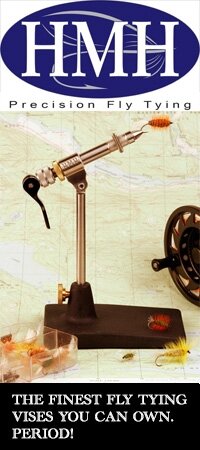


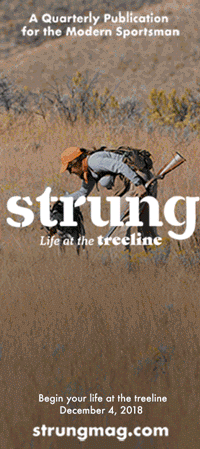
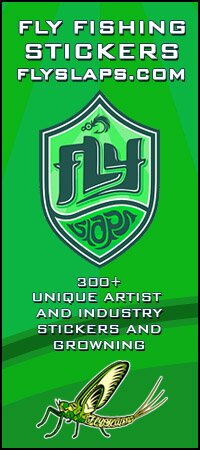


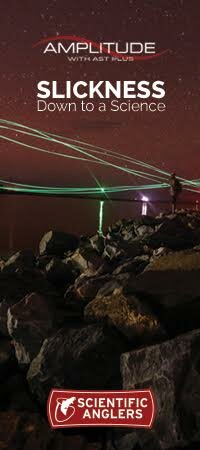
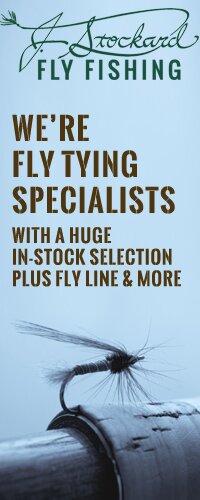
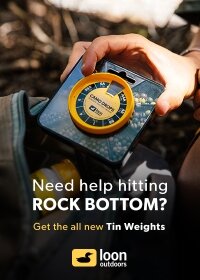

Thanks for this post Paul. I’ve noticed ads starting to show up for this stuff and I’ve been curious. Can’t wait to try some.
It will defintely be interesting.
Thanks Howard!
Something that everyone should know is that making many materials UV is as simple as washing them. Virtually all of the detergents on the shelves contain optical brighteners that leave UV particles on fabric. It makes the whites whiter and all colors brighter. What is used in laundry detergents is more sophisticated than an older UV product, bluing agents, that was used for years.
Wash virtually any fly tying material in laundry detergent and you have just made it UV enhanced.
I was not aware of this, thank you for the comment.
As a follow up to two rod……I would hope that most folks ability to wash materials and make them UV enhanced were that easy. In our process we actually etch in the UVF and the UVR properties. Optical enhancers do help a lot on most feathers and hairs. They do work. It is certianly better than nothing. But what about the Reflectance factor that we do not see, but is so widely used in nature?
UV2 is a double process that a simple washing will not achieve. Does it work?
At the recent Lynnwood Fly Fishing shows I attended. I had two people tell me about the positive results they are seeing. Jimmy, who owns Patrick’s Fly Shop in Seattle was fishing a locals area for sea-run cuts when he caught fish right under the nose of some very accomplished fisherman using a UV2 Clouser. Many of the best local anglers have now all switched to UV2 Clousers from what he told me.
Next a Washington guide told me he has now asked all his customers he fishes for steelhead to please use only flies tied with UV2 because he is seeing a dramatic increase in hooks up. To the point that he ties up a lot of UV2 flies and hands them out.
Results I hear on dries is “no discernible difference” from 2 friends, and one that swears his UV2 caddis works better.
Hi Bill I met you at the fly contest is there a brochre you send out , Joel didnot post our picture , too bad probably was good , I’d like one if so thanks Mark.
All I need is a address to send a brochure to, email it to me at
THanks